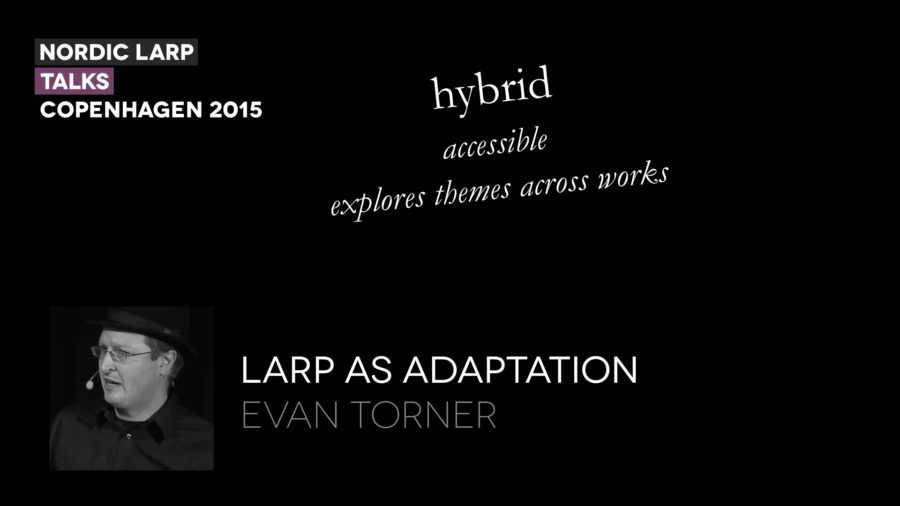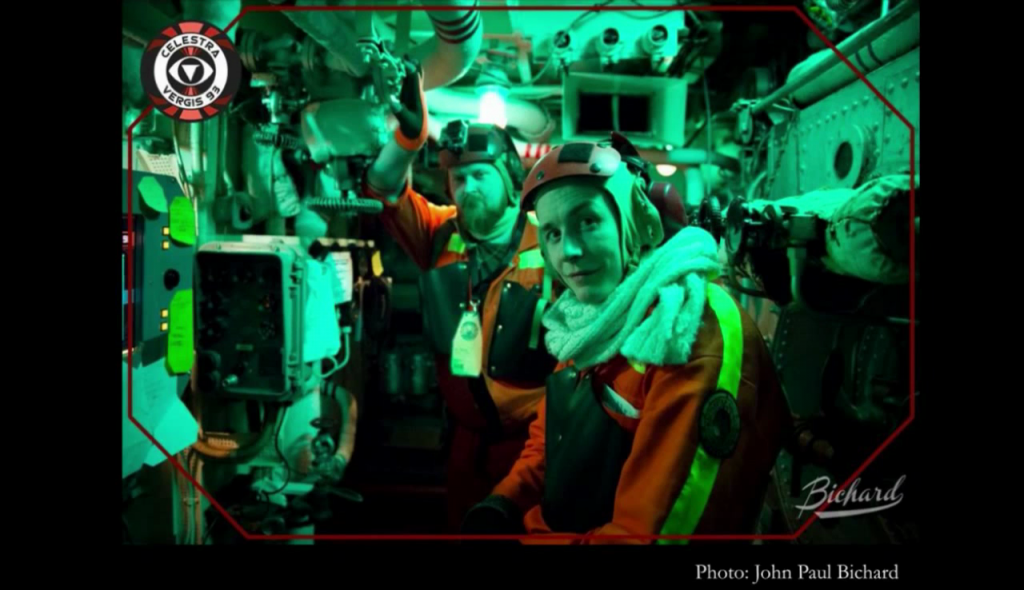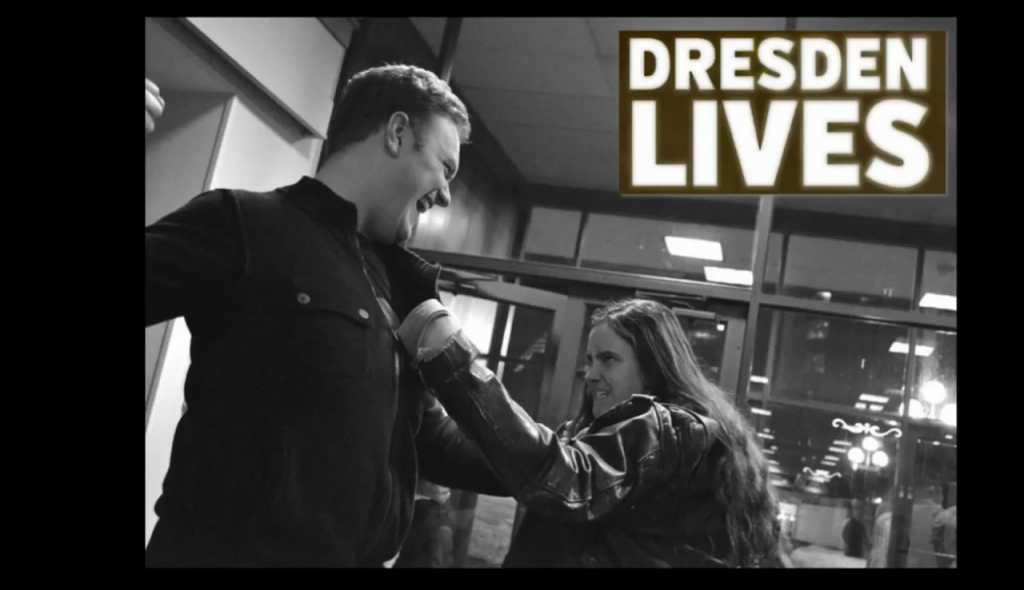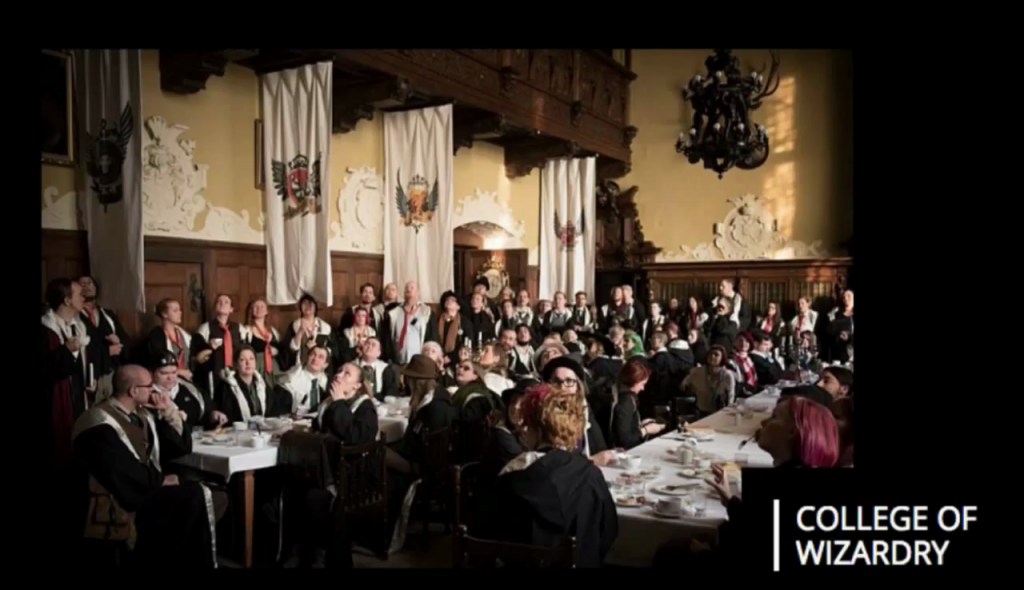As you may have heard, I’m a professor of German. And it should be no surprise to you then that I’m positively stimulated by the fact that we’re having this talk in a library, surrounded by books. By the end I hope you’ll have reason to be stimulated by these books as well.
So, today’s talk is entitled “Larp as Adaptation.” I’m going to characteristically start off with a quote from German filmmaker Werner Herzog, who gave a talk in Amherst, Massachusetts in April 2012. He said the following thing. “For any budding filmmaker, what I recommend for them to do is read, read, read, read, read, read, read.” And then he proceeded to extol the virtues of an obscure novel, The Peregrine, by J.A. Baker. You never really know what’s going to come out of his head, actually.
So, I’m going to say that reading is an activity we should embrace in advance of our larp preparation. A larp takes a space and makes a place in which we create fiction with our bodies, and our voices. Although the larp medium certainly shares a lineage with the theater and the oral storytelling tradition, most of the fiction that we consume comes in other forms. As films, television series, video games, Internet fanfic, and of course books. We just can’t help this.
So we adapt material. We adapt from popular science fiction television series Battlestar Galactica.
We adapt from popular book and film story universes like The Dresden Files.
And Harry Potter.
We adapt from classic plays, like with Inside Hamlet. We adapt so often we often don’t think about the process of adaptation. We are inspired by the original source material, and we just graft our rules and expectations and all of our cultural baggage onto it for larp purposes. Which is simple, right?
Well, I’m going to complicate our understanding of this a little bit. After all, we engage in intensive media analysis in order to adapt a product to larp. And so there are three types of larp adaptation of other prominent media that I tend to see.
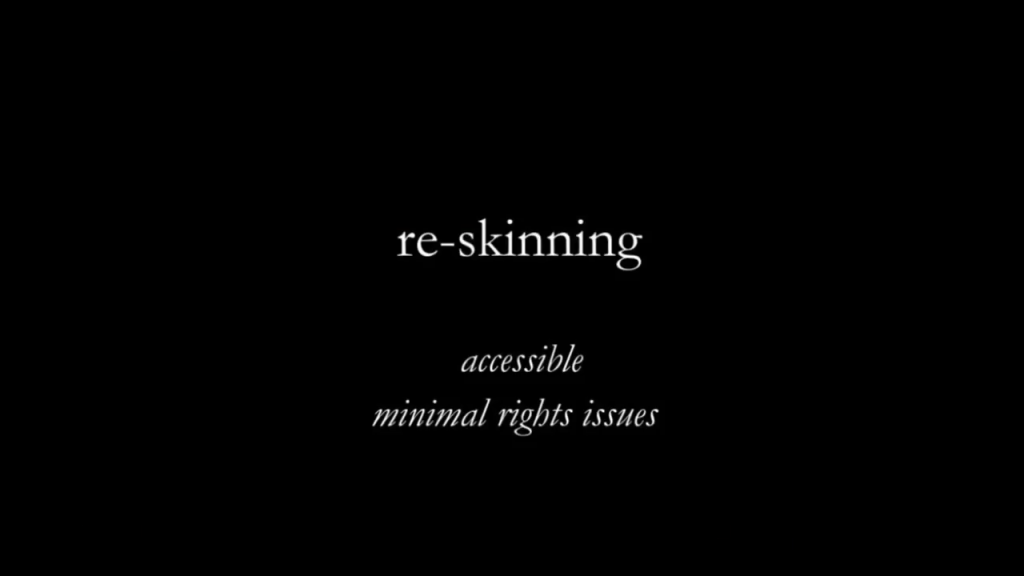
The first one is up here on the slide. It’s called re-skinning. Take a popular product, file the serial numbers vigorously off of it. Call it a larp. We want material that players can access but don’t want to deal with the rights, please. So, this isn’t Harry Potter, it’s the College of Wizardry. And we do this all the time. There’s no harm or shame in this, and it certainly requires analysis of the source material. Serious analysis.
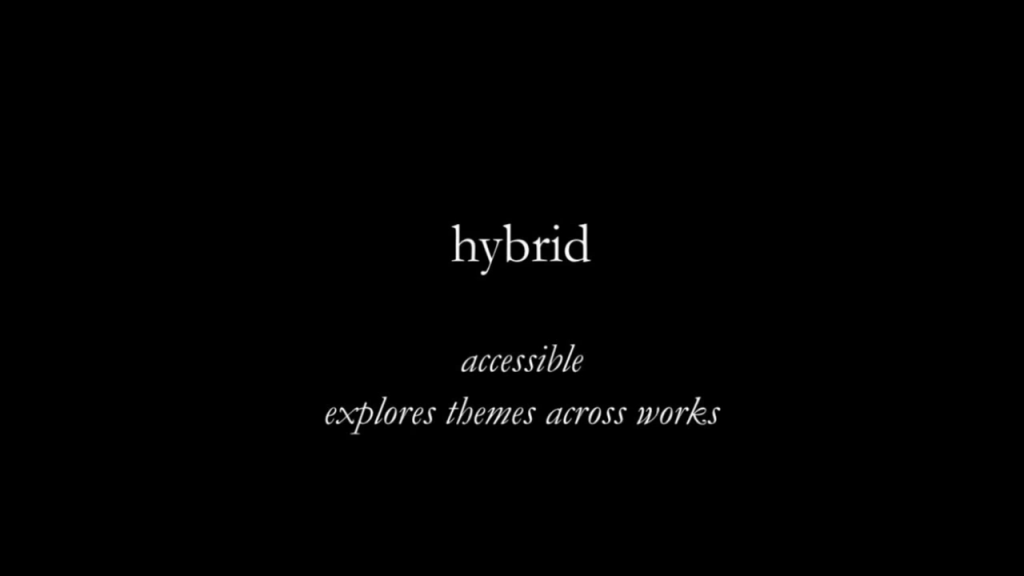
Another is the hybrid. What if a plethora of different characters from different stories all existed in the same time and space? The Swedish larp A Nice Evening with the Family, for example. It combines Thomas Vinterberg’s Festen, (The Celebration) with Henrik Ibsen’s A Doll’s House. And that would be one example. Another would be [An Evening Aboard the HMS Eden], which was run at Intercon. This is an American game in which all the characters are drawn from Victorian literary fiction. So, we have Sherlock Holmes meets Annie Oakley meets Sigmund Freud. I played Dr. Henry Jekyll and also maybe another character. So, hybrids explore common themes and tropes cutting across all the fiction involved, with a degree of self-reflexivity. We do this a lot in our designs.
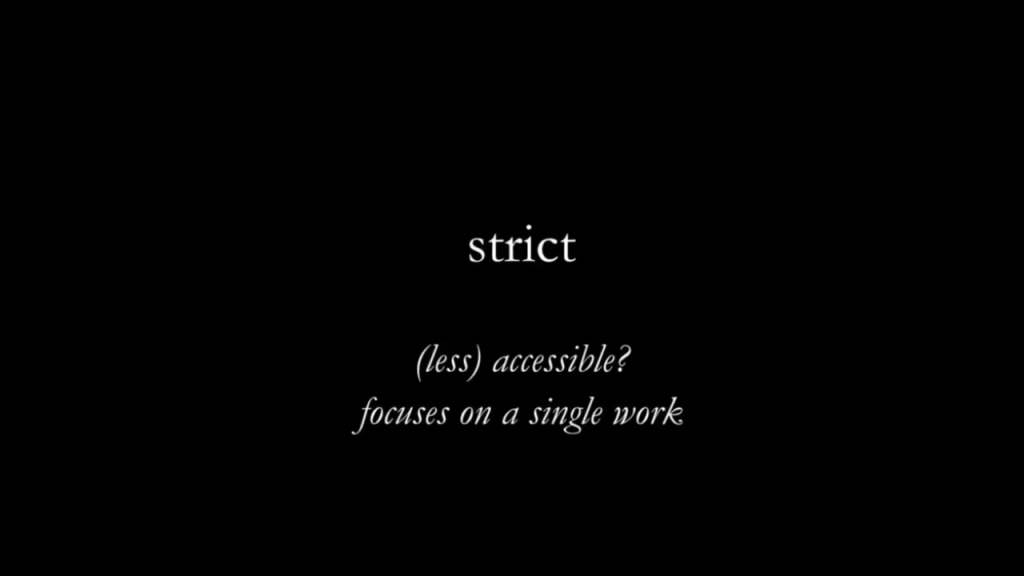
But another form of adaptation (and this is the one I’m really going to talk about tonight) is the strict adaptation. I’d encourage us to use it more. The strict adaptation takes a sufficient number of constraints from the original work (that would be its original title, its names, its locations, its situations) that its emotional and cognitive propositions emerge in a larp relatively intact. The work itself retains its own voice, despite ourselves. It may even seem derivative. Actually, we don’t do this enough.
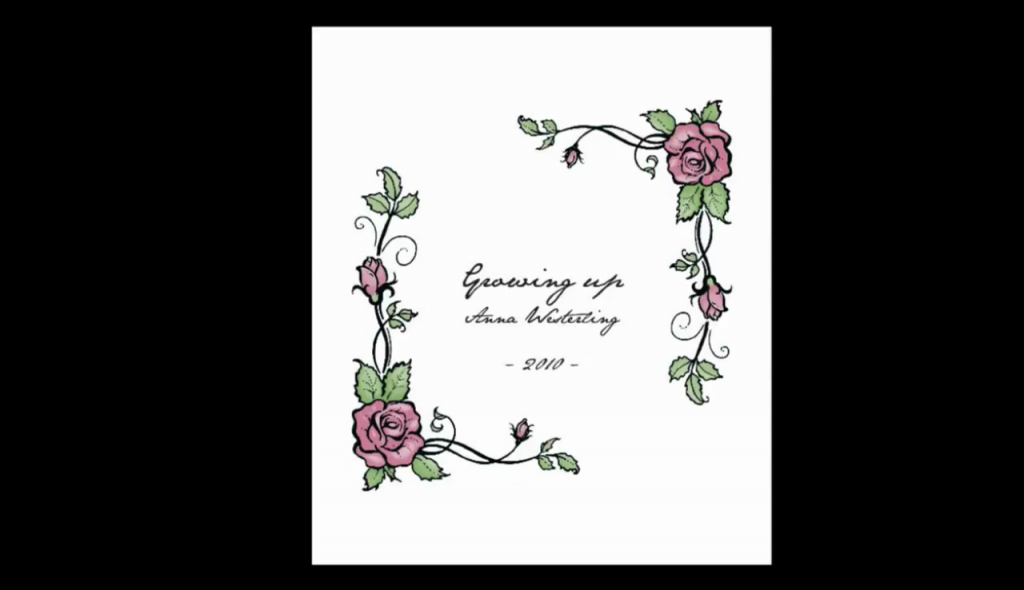
The strict adaptation that changed my life was on Anna Westerling’s “Growing Up.” This is a game I played at Fastaval in Denmark in 2010. And it’s effectively Jane Austen’s Sense and Sensibility: the freeform larp. I chose the role of Colonel Brandon, so I was sensitive, I had a lot of money, and I wanted to marry that Marianne Dashwood.
We proceed to play through the whole plot of the novel, pivotal scene by pivotal scene, without having read the novel or seen the film. And then suddenly, at the end of it I viscerally understood what one character’s perspective was within an established piece of literature. And then I could really encounter Sense and Sensibility every time I watched it or read it afterward, which I did, as Colonel Brandon. I couldn’t really shake the character.
This run then immediately inspired me to write on the train back from Denmark, my own larp that drew on a work of fiction I knew very well, Fritz Lang’s 1927 silent dystopian film Metropolis. I designed it because I love the movie, [whisphers] but I hate the ending.
So, players play through a fairly rigid three-act structure and use Expressionist theater techniques to enact this vast city with their bodies while players who are actually within scene pantomime the characters’ emotions. The result conveys some semblance of the film’s core themes, and also its means of communicating with the film audience, to the participants. You can just ask the players who played it or also its Blackbox adaptation Retropolis, which has run all over Europe, to tell you how it made them feel and whether or not they then watched the movie afterwards and were able to talk about it.
But suddenly, I realized that there’s a whole back catalog of German literature and film that doesn’t have any presence in larp. Suddenly, I realized that literature and film itself is under-represented, even though we adapt from it all the time. We want to avoid copyright, we want to think that we’re original, we want to subsume this other medium— Actually, we don’t want to subsume this other medium under the older, dominant media of the past, right?
Yet growing up in Metropolis delivered such subjective, such intermedial emotional experiences that it helped me analyze the dynamics of the object themselves. We invest these media products with more meaning and are actually better capable of analyzing their nuance when we adapt them to larp. I am a better film and literature professor when I adapt a larp from the material that I am studying. Weird, right? When we adapt and we engage more with the values and the aesthetic of the original, when we bring some of the values and the aesthetic of the original with us, even if we cannot replicate the film reels or the interiority of the words on the page. And then our larps with our bodies and voices are now in dialogue with the human archive.
So I would say look to the archive. It houses many human experiences. Some of them are familiar, and many more are more alien than we think. Try adapting really great, complex books. Gravity’s Rainbow, the larp? Americanah, the larp? Really, we do have a border here that we can push. Try also adapting really trashy books that no one knows, and you can really do whatever you want with them.
Look to the archive. We can take these underappreciated sources from so-called high and low culture and give them voice through our larp creations. Look to the archive and let our medium engage with the unfamiliar, the uncanny, the uncouth, to be found there. For we are not just the creators of living history, we are the creators of living fiction. And fiction has the capacity to stimulate the mind and body. Thank you.
Further Reference
Overview blog post for the 2015 Nordic Larp Talks, and for this presentation
